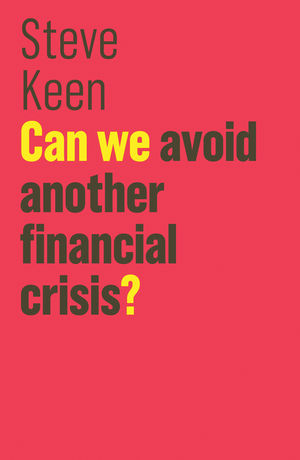by Steve Keen, 2017
Steve Keen is the world’s leading heterodox economist, so when he speaks, I listen. In this little book, he sums up his model of money and debt, the one that he used to predict the financial crash of 2008, and even the “great moderation” before it. Most economists were left red-faced, running for cover. Even today, Keen’s simple, common-sense approach is fiercely resisted by such mainstream economists as Paul Krugman, who are wedded to a very primitive barter-like concept of money.

This book expects some familiarity with the terminology and thinking of economics, including models and graphs, but for such readers it is expository rather than technical in nature. Keen shows what countries (“debt-zombies-to-be”) are at risk of future financial crises, or prolonged stagnation like Japan’s. This is due to their level of debt and their inability to write down that debt or inflate it away. First, and foremost, of course, is China, with the U.S. already categorized as a “debt zombie” after the 2008 meltdown.
According to Keen, monetary authorities should carefully monitor the “private debt to GDP ratio”, doing whatever it takes to keep it below 100%. But he considers this unlikely in most countries, given the continued dominance of neoliberal economics and the stranglehold of big finance on politics. Instead, global stagnation is the likely outcome. Here I wish Keen had noted that even the best financial policies will not overcome the limits to growth imposed by planet Earth. So, what kind of finance would work best with future degrowth scenarios?
Find the book here.
